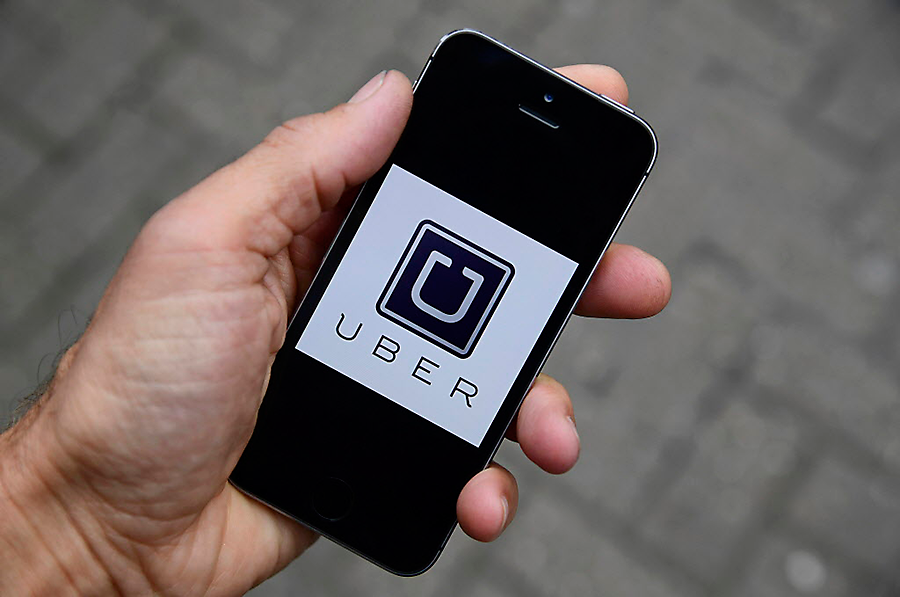Why is Uber giving away traffic data?
Uber knows how a baseball game, a shutdown of the Metro, or a holiday weekend affects traffic. Now, the ride-hailer wants to share that data with city planners and the public.
Uber plans to display data of anonymized travel between points in cities in a public website called Movement. Uber will first invite planning agencies and researchers to access the data, with the first cities being Washington, D.C.; Manila, in the Philippines; and Sydney, Australia. It will then open the website to the public at no charge.
Movement represents an Uber goodwill effort to work with cities and regulators, not against them. Uber and its competitors including Lyft have clashed with governments over rules and regulations, with Uber recently ignoring and then complying with a California Department of Motor Vehicles order to apply for a testing permit for self-driving cars. With its Movement website, however, Uber says it can partner with cities with the goal of designing better streets and traffic patterns.
“Our relationships with cities have typically been uneven, but there are a lot of places around the world where Uber and the cities we operate in have the same goals,” Andrew Salzberg, head of transportation policy at Uber, told The New York Times. “We operate better in a world that has policy grounded on data.”
The Movement website will display parts of ride data, not individual rides. At a transportation conference in Washington, D.C., Sunday, Uber showed off how the website looks. A visitor could, for instance, search changes in travel times in the Washington area when parts of the regional Metro were shut down for repairs, according to USA Today.
To allay privacy concerns, only areas with relatively high trip volume will be shown on the website. On the map, parts of the city with low trip numbers will be grayed out to protect passengers’ privacy.
The data could be helpful for city planners. Currently, municipalities must rely on traffic data that is often expensive and out of date.
“For us in the planning context, it’s very interesting," Jascha Franklin-Hodge, chief information officer for Boston, said, according to USA Today.
“Oftentimes, cities and state transportation systems use things like toll transponders to show how long it takes to get from one place to another. But those are on fixed routes. What’s interesting is this allow us to look at a lot of different routes,” he said.
The website announcement comes as ride hailers and cities are trying to imagine how transportation will look in the near future. A European company, EasyMile, is testing driverless minibuses in Helsinki, Finland, with the goal of connecting them to larger transportation networks.
“We are not aiming to substitute bigger buses with autonomous buses,” said Harri Santamala, the road test project. “We want to bring these somewhere where the conditions don’t permit a normal bus line [because of] a narrow street or it’s not dense enough. We could fill a gap in the mobility chain, make it more efficient and effective.”
Some transportation experts say this idea for public transportation is key.
“The model of smaller vehicles, whether they’re autonomous or not, connecting to larger public transportation networks is critical for the future of mobility,” says Josh Cohen, director of strategy and partnerships for TransLoc, a transit app that has partnered with Uber to link passengers to public transportation.
Mr. Cohen told The Christian Science Monitor that cities, including Helsinki and London, are interested in a future with fewer cars. But, in order for that to happen, conventional and autonomous vehicles, bicycles, and pedestrians must commute in coexistence, he says.
While Uber’s website is focused on traffic patterns with data collected from millions of actual Uber drivers, its competitor Lyft says driverless cars will further shake up how we get around.
“We’ll have the chance to redesign our entire urban fabric. Cities of the future must be built around people, not vehicles. They should be defined by communities and connections, not pavement and parking spots,” John Zimmer, president of Lyft, wrote in a Medium blog post in September. “This urban re-imagination has the opportunity to deliver one of the most significant infrastructure shifts we have ever undertaken as a nation.”






